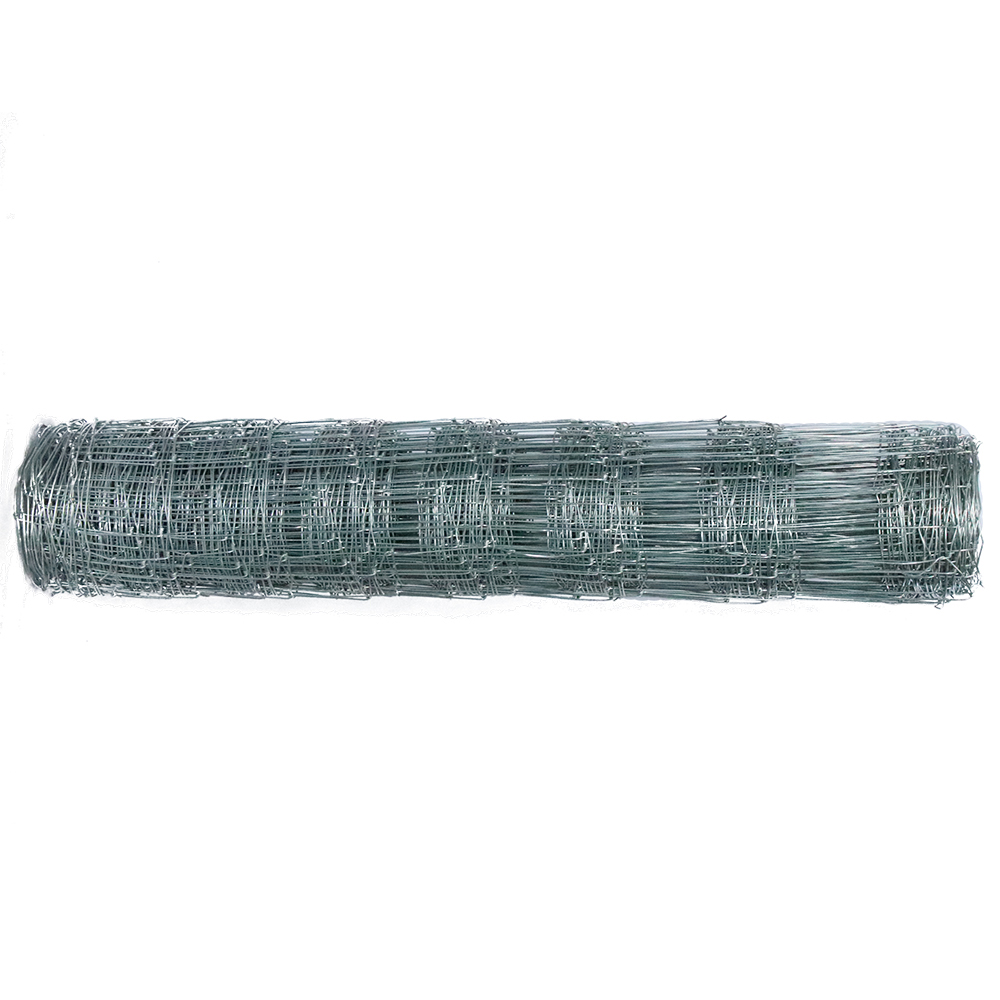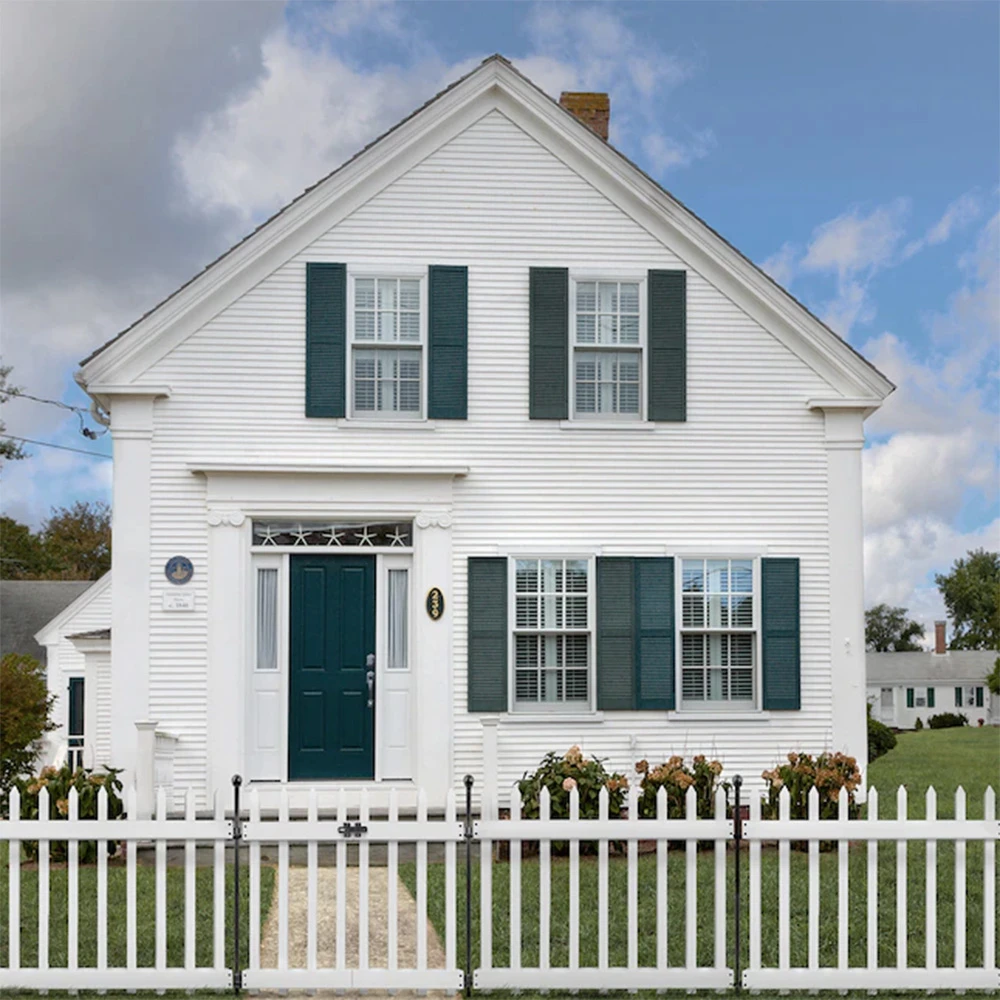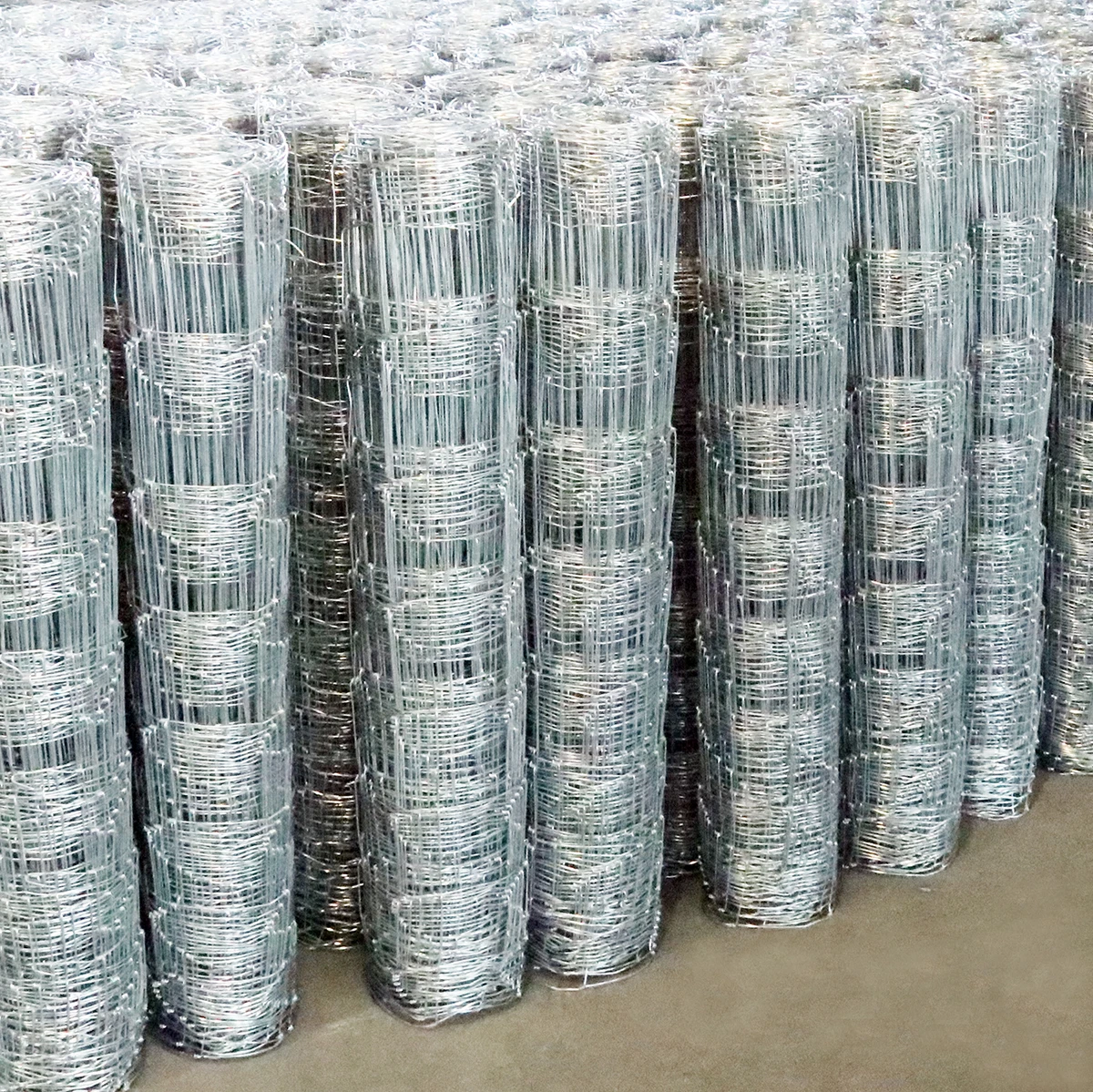Versatile Wire Mesh Panels for Various Industrial and Home Applications
نوفمبر . 08, 2024 09:15
The Versatility and Utility of Wire Mesh Panels
Wire mesh panels have emerged as an indispensable tool across various industries and applications, thanks to their unique combination of strength, flexibility, and aesthetic appeal. From construction to agriculture, and even in home decor, wire mesh panels serve numerous functional purposes that enhance both the efficiency and safety of processes.
What Are Wire Mesh Panels?
Wire mesh panels are constructed from intersecting wires that create a grid-like pattern, made from materials such as stainless steel, aluminum, or galvanized steel. These materials ensure durability, corrosion resistance, and the ability to withstand various environmental conditions. The size and spacing of the mesh holes can be adjusted according to specific requirements, making them suitable for diverse applications.
Industrial Applications
In industrial settings, wire mesh panels are fundamental in creating partitions, safety barriers, and storage solutions. For instance, in warehouses, they can be used to enclose storage areas, allowing for visibility while maintaining security. This transparency helps in preventing accidents, as the mesh allows light to penetrate and enables workers to see potential hazards.
Moreover, in manufacturing facilities, these panels are integral to dust and debris containment, contributing to a cleaner, safer working environment. Their sturdiness is essential in industries where heavy machinery operates, providing a reliable barrier against potential dangers.
Agricultural Uses
wire mesh panels

The agricultural sector greatly benefits from wire mesh panels. They are commonly utilized as fencing solutions for livestock containment, garden enclosures, and even for creating trellises for climbing plants. Their design allows for airflow and sunlight, which is critical for plant growth while protecting crops from pests and larger animals. Additionally, wire mesh panels are often used in grain storage facilities, ensuring that stored products are ventilated and pests are kept at bay.
Architectural and Design Potential
Beyond their functional attributes, wire mesh panels are also gaining popularity in architectural design. They can serve as decorative elements in modern building facades, providing an intricate aesthetic while allowing for light and ventilation. Designers are increasingly using wire mesh in interior spaces, where it can function as room dividers or ceiling fixtures, lending a contemporary edge to traditional designs.
The versatility of wire mesh panels enables them to be customized to fit a range of sizes, colors, and finishes, significantly enhancing their visual appeal. This adaptability allows architects and designers to incorporate them into various styles, from industrial chic to minimalist aesthetics.
Environmental Considerations
In an era where sustainability is paramount, wire mesh panels offer an eco-friendly solution. Many manufacturers are focused on producing panels from recycled materials, which not only reduces waste but also lowers the carbon footprint associated with new material production. Additionally, their durability means that they require less frequent replacement, contributing to a decrease in resource consumption over time.
Conclusion
Wire mesh panels are undoubtedly a versatile and practical choice for diverse applications, spanning industrial, agricultural, and architectural fields. Their robust design, combined with the potential for customization, allows them to meet a wide range of functional and aesthetic needs. As industries continue to evolve and the demand for sustainable solutions grows, wire mesh panels are poised to play an even more significant role in future developments. Their ability to blend utility with design illustrates the inherent value that this simple yet effective solution brings to numerous sectors, making them a foundational element in modern construction and manufacturing practices. Embracing wire mesh panels is not just about functionality; it's about fostering innovation and efficiency in an ever-changing world.









 Unity
Unity Creation
Creation Challenge
Challenge Contribution
Contribution










